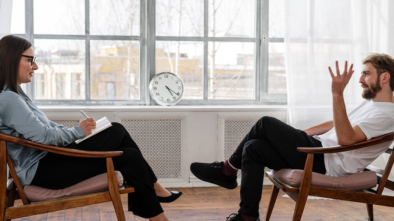Get To Know Charleston: A few historic facts about Marion Square
A Little History of Marion Square – Charleston, South Carolina
- John Wragg sold the land to the colony of South Carolina in 1758 to serve as part of the city’s defense fortification
- Marion Square was known as “Citadel Green” from 1843 to 1922
- When the Citadel College moved to its new location, the city named it “Marion Square” after South Carolina native and Revolutionary War Hero Francis Marion. The decision was made by Mayor Courtenay and the rest of the Charleston city council
- The Washington Light Infantry and Sumter Guards currently own the park
- The original statue of John C. Calhoun built in 1858 contained in its cornerstone – a Revolutionary War cannonball, $100 in Continental money, a copy of Mr. Calhoun’s last U.S. Senate speech, a lock of his hair and a funeral banner.
- At one point, a portion of the park was designated as a tobacco inspection complex
- The park is 10 acres
- In the 1750’s a fort known as “Horn Work” was built as a point of defense during the Siege of Charleston in 1780. On May 12, 1780 nearly 6000 American soldiers marched out of Horn Work and surrendered to the British Army.
- The Embassy Suites was formally the SC State Arsenal (Old Citadel)
- The Holocaust Memorial, dedicated on June 1, 1999 has 3 main components: The North side is a rectangular, sunken lawn framed by graded steps, a place of contemplation and a meeting ground for the annual Yom Ha Shoah (National Days of Remembrance) ceremonies. The West side facing Calhoun Street features a concrete and bronze inscription wall, that details the history of the Holocaust and lists names of survivors living in South Carolina. The center or heart of the memorial is a space defined by an impressive four-sided iron screen measuring 25 feet wide, 60 feet long, and 17 feet high. The screen is intended to create a space that is sacred as well as “to signify the place apart occupied by those who perished”. Within the screen rests a 12-foot bronzed tallit, a Jewish prayer shawl
- In March 1867, just weeks after the ratification of the new civil rights legislation in Washington, D.C., several thousand African American citizens gathered at Citadel Square for a rally that led to the formation of the Republican Party of South Carolina
- The two fountains were purchased and installed in 1906
- After years of neglect (1920’s – 1940’s) and the rise of the automobile, Marion Square began to fall to ruin and neglect. On the first day of June, 1948, the Charleston Rotary Club did a symbolic act that led to the transformation of Marion Square to a neighborhood gathering ground. They gathered on Marion Square to plant a single oak tree and pledge to use their community connections to make a difference in the park’s future. On the next few years the Rotary Club chaired by Jack Krawcheck led a beautification effort including the planting of 10,500 new shrubs around the perimeter in 1949
- Today, the park houses great events and festivals including, the Charleston Farmer’s Market, Charleston Fashion Week, Charleston Food and Wine Festival, Spoleto Festival, Annual Hanukkah Lighting Ceremony, New Years Eve in the Park and a playground for the College of Charleston students.

Plans from 1798


